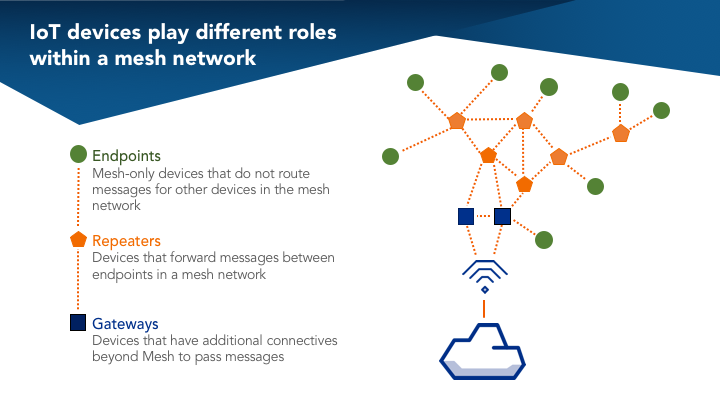Drones will continue to see AI improvements, but the thing no one ever looks at for some reason is the ABMS. Once the secure beyond-LOS TDL's have been solved (largely already true, if lacking dedicated hardware and a "clear" commitment across branches to the exact pathway [SIMPLE, Link-22, -16, etc] at the moment), the main advances can come away from the limitations of the SWAP-C and pricetag of the platform.
Spent a lot of money planting seeds for ABMS, IBCS, Pit Boss, Maven, etc. Finally reaching benchmarks to harvest that crop.
Now they just need to figure out who on the network needs to see what, reliably and quickly.

sam.gov


